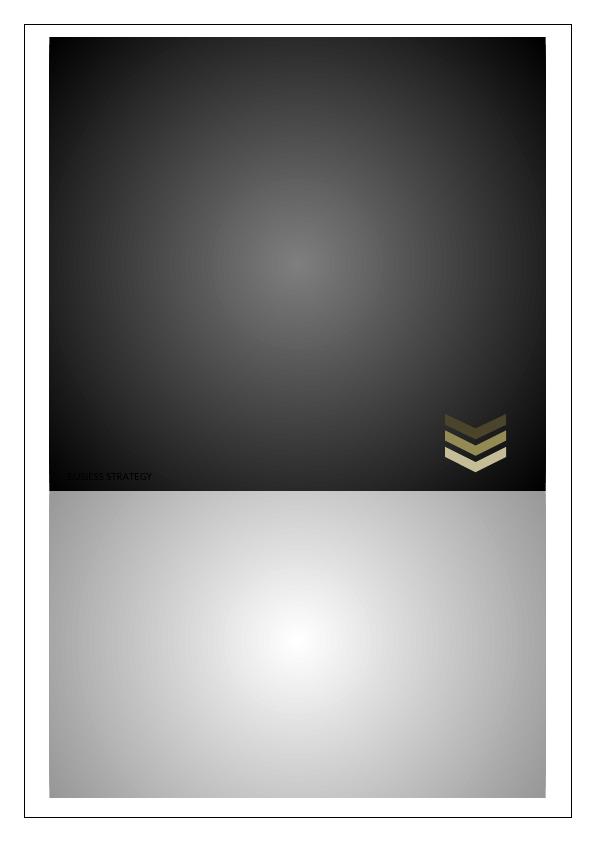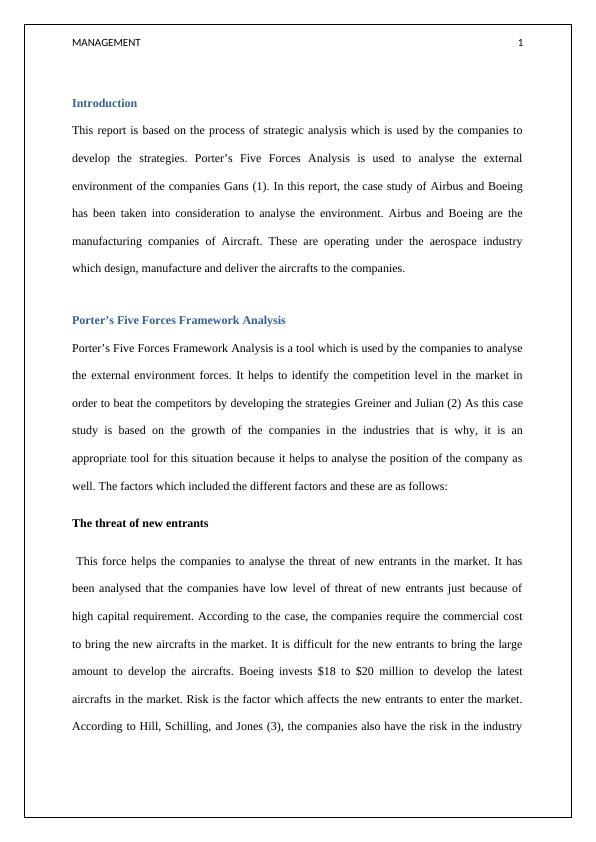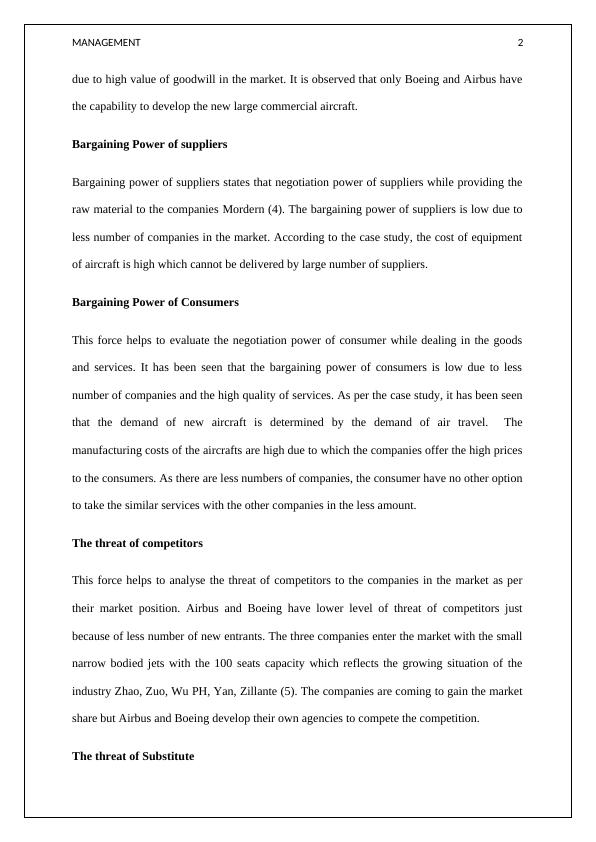Strategic Analysis of Airbus and Boeing in the Aerospace Industry
Complete the Chapter 2 Case in Strategic Management Theory (12th Edition) by Hill, Schilling, and Jones. The case requires an introduction to the industry, an analysis using Porter's Five Forces, a reflection on future industry shifts, and answers to 5 case questions.
7 Pages1676 Words116 Views
Added on 2023-04-21
About This Document
This report analyzes the strategic environment of Airbus and Boeing in the aerospace industry using Porter's Five Forces Framework. It examines the threat of new entrants, bargaining power of suppliers and consumers, threat of competitors, and threat of substitutes. The report also discusses the impact of these forces on the industry's growth and provides insights on future opportunities and strategies for new entrants.
Strategic Analysis of Airbus and Boeing in the Aerospace Industry
Complete the Chapter 2 Case in Strategic Management Theory (12th Edition) by Hill, Schilling, and Jones. The case requires an introduction to the industry, an analysis using Porter's Five Forces, a reflection on future industry shifts, and answers to 5 case questions.
Added on 2023-04-21
ShareRelated Documents
End of preview
Want to access all the pages? Upload your documents or become a member.
Qatar Executive: Overview, SWOT Analysis, Porter's Five Forces, Recommendations
|17
|646
|306
Porter's Five Forces Analysis of Qantas Airways
|7
|1426
|391
Airline Industry | Porter's Five Forces Model
|5
|647
|22
Boeing Vs Airbus Term Paper - PDF
|5
|1306
|191
AirAsia and Tune Group: Strategic Management Analysis
|12
|2866
|239
Porter’s Five Forces Framework
|5
|585
|354



